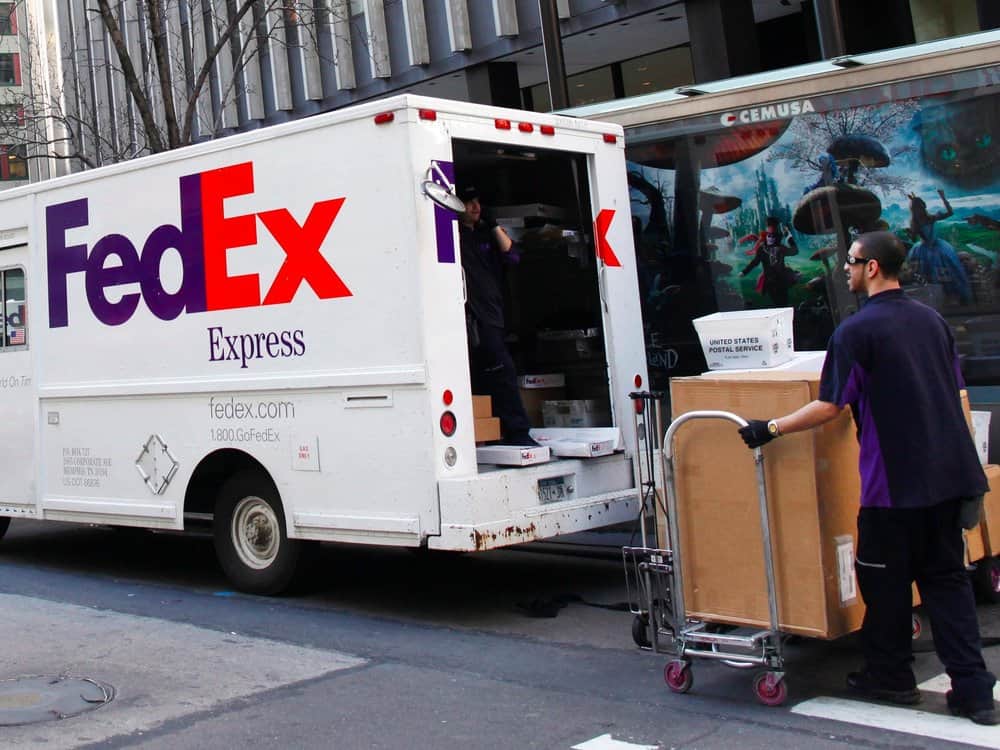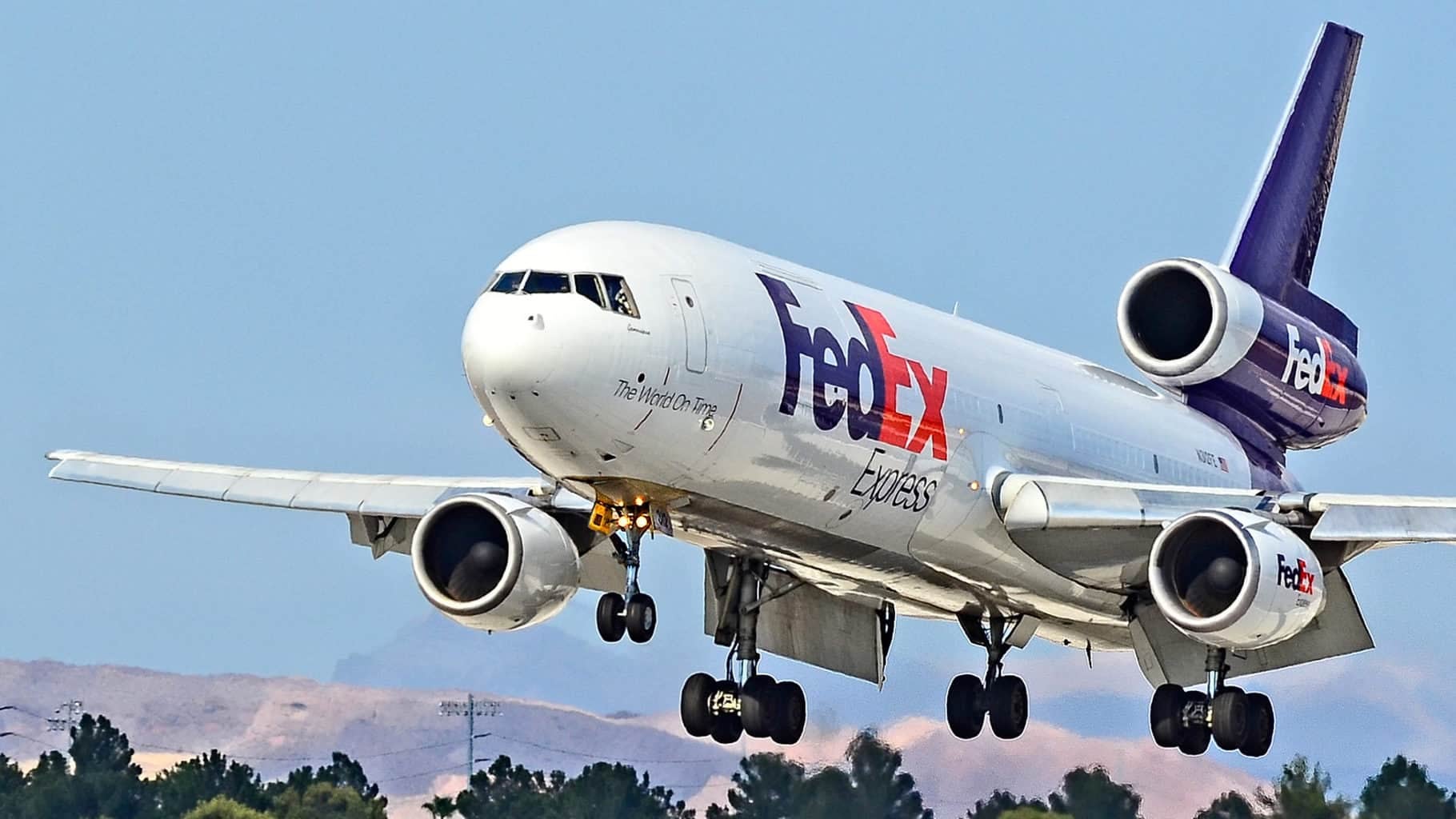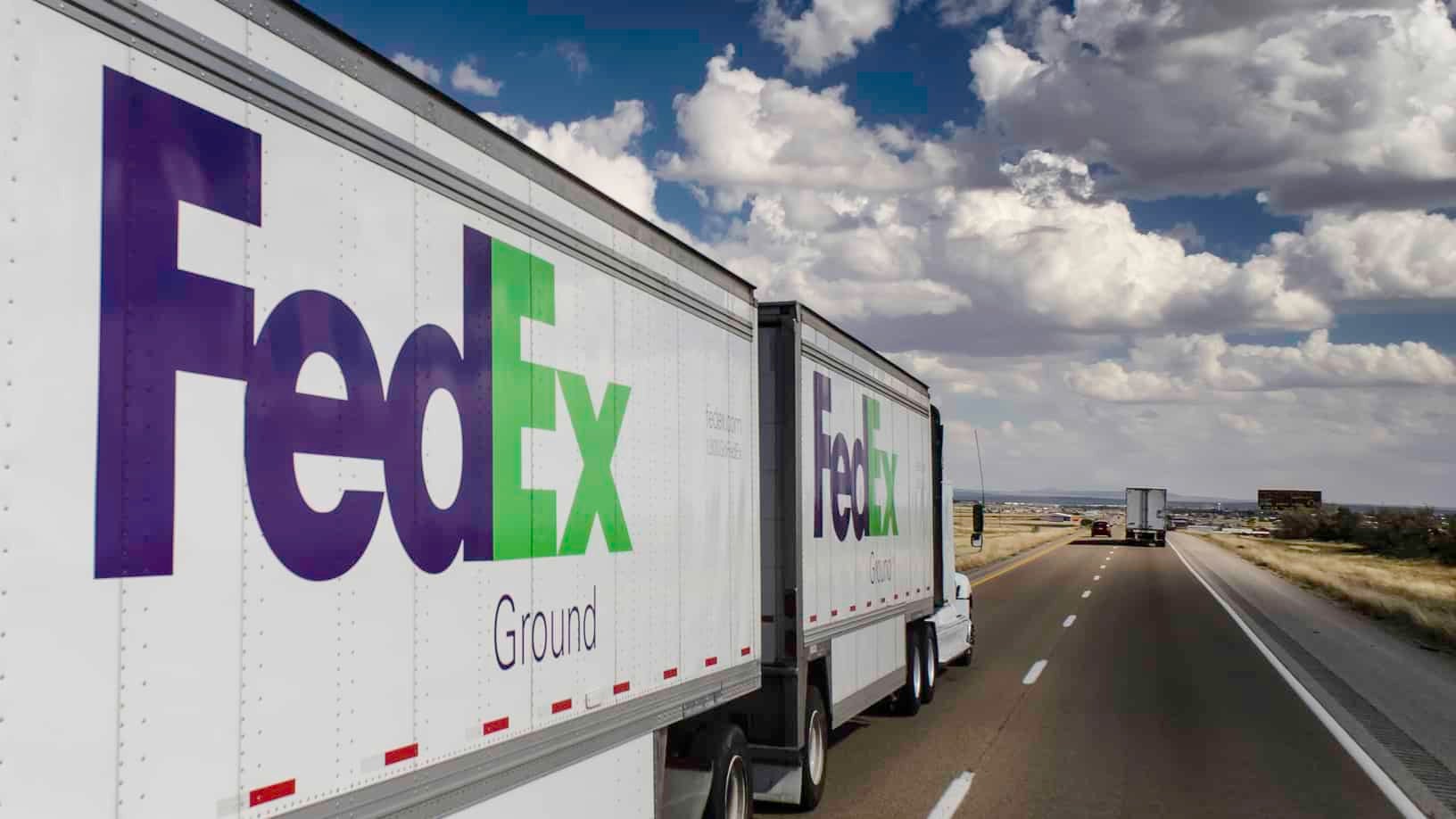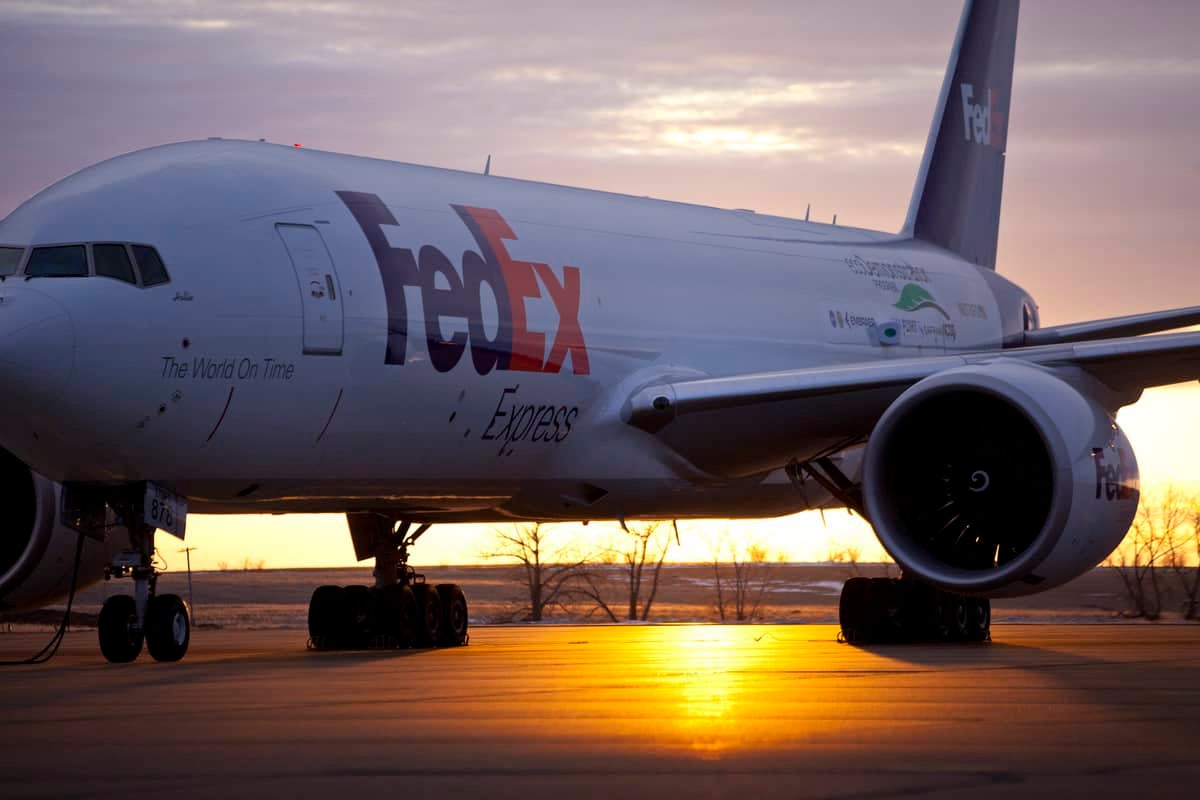For more than 20 years, FedEx Corp. (NYSE:FDX) has operated its U.S. air and ground networks as separate entities. On February 7, the firewall cracked, albeit modestly.
The Memphis-based giant said that its FedEx Express unit, which handles time-definite shipments typically moving by air, will contract with its FedEx Ground unit to deliver residential parcels as long as they meet specific operating criteria. The service launched in Greensboro, North Carolina, with additional U.S. markets expected to be phased in through the rest of 2020, FedEx said.

The agreement represents the first broad commercial compact of its kind between the company’s two main business units. It also signals a possible mindset change on the part of Founder, Chairman and CEO Frederick W. Smith, who has kept the two units separate since 1997, when FedEx entered the ground parcel market by acquiring truck operator Caliber System, Inc. Smith’s mantra has long been that ground and air express would “operate independently and compete collectively.” As recently as a year ago, Smith said publicly there was no reason to change course.
Under the new arrangement, FedEx Express drivers will pick up eligible parcels and transfer them into the FedEx Ground network for the line-haul and delivery to U.S. residences. The shipments to be transferred are classified as “day definite,” meaning they have specific delivery windows but are not considered the most time-sensitive shipments. Exchanges between networks must take place at night in order to qualify for the service, FedEx said. To avoid any labor issues because the Express and Ground units are governed by different labor laws, Express drivers will pick up the parcels and tender them to the Ground network.
With nine million parcels moving daily, FedEx Ground handles three times the U.S. volume of the Express unit.

FedEx Express will continue to handle business-to-business (B2B) traffic, the parent said. It will also continue to manage the delivery of urgent, longer-haul residential parcels that can’t meet service commitments with a ground service. Those shipments typically command premium rates.
Raj Subramaniam, FedEx’s president and COO, said in a February 7 statement that the move “makes residential deliveries more efficient by putting the right package in the right network at the right cost to serve our customers.” On that score, analysts tend to agree. FedEx Express is a high fixed cost operation complete with aircraft, service centers and company drivers. Yet the network, beset by a secular stagnation in U.S. express traffic as more shippers opt for lower-cost ground deliveries, is struggling to generate the higher-yielding parcels needed to support its costs, analysts said.
Since 1997, FedEx Express’ annual revenue growth has compounded at about 3% annually, according to data from transport consultancy ShipMatrix. By contrast, FedEx Ground’s revenue has compounded at a 13% annual clip during that time, based on ShipMatrix data.
Many deferred air shipments, which generate twice the yield of a typical ground delivery, could instead be routed via the ground, where FedEx has invested heavily in recent years to improve transit times and reliability, analysts said. This builds package density within the Ground operation, thus lowering the company’s cost to serve, said Benjamin J. Hartford, transport analyst for Baird, an investment firm. It also offers customers a more “Express-like” delivery experience for their deferred shipments at a lower price point, Hartford added.
The shift would also mean more business for FedEx Ground’s network of Independent Service Providers, which are incorporated businesses that employ drivers operating on behalf of the FedEx unit.

Mark S. Schoeman, president of The Colography Group, Inc., a consultancy, said the move represents a better operating approach for FedEx, and that it should have been executed earlier. Still, Schoeman said the overall benefits are likely to be modest, noting that there are a limited number of Express consignments moving within the 150- to 400-mile range that is a ground move’s typical length of haul.
The question in the years ahead is how far FedEx will take the new model, notes Satish Jindel, CEO of ShipMatrix. Jindel has pounded the table for years about going all-in to merge the two units, saying the synergies are too powerful to ignore. As he sees it, FedEx no longer needs a top-heavy Express unit given the secular macro trends in U.S. transportation. It is still common for FedEx Express’ deferred traffic to move in an aircraft. FedEx Express, which is FedEx’s global air unit, operates 679 freighters worldwide.
Combining the two networks will enable the company to reduce aircraft utilization, eliminate unneeded service centers, and slash other related costs, Jindel said. The synergies would result in an eye-popping increase in annual operating income to $8 billion from $4.7 billion as millions of higher-yielding parcels migrate into the lower-cost network, Jindel said.

Noting that FedEx plans to complete by year’s end the diversion of two million daily parcels that had been tendered to the U.S. Postal Service (USPS) into its Ground network, there’s no reason why it can’t do the same with much of its Express traffic, he added. The same Ground drivers can handle the Express consignments, and get better paid for delivering more volume, he added
The February 7 announcement was nothing more than a “toe in the water,” Jindel said in an interview this week. The company needs to expedite the strategy, set an aggressive timetable for completion, and give its operating teams the resources needed to get it done, he added.







